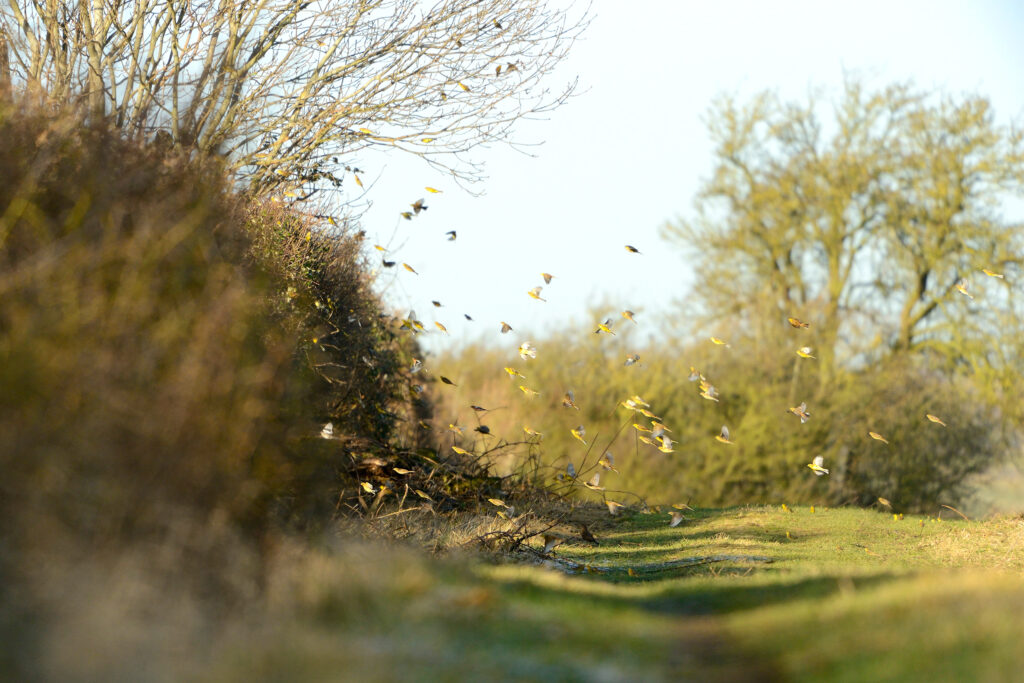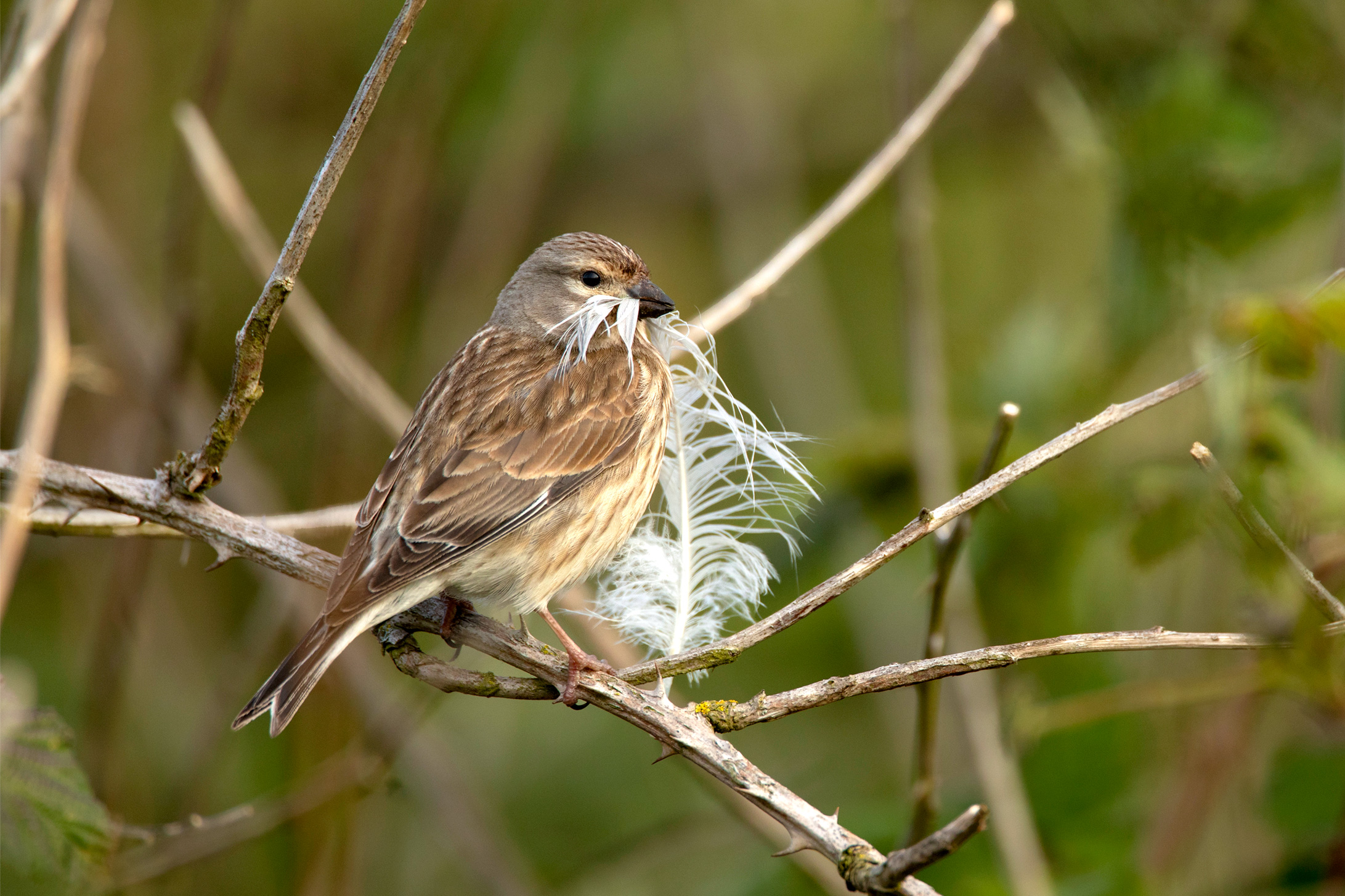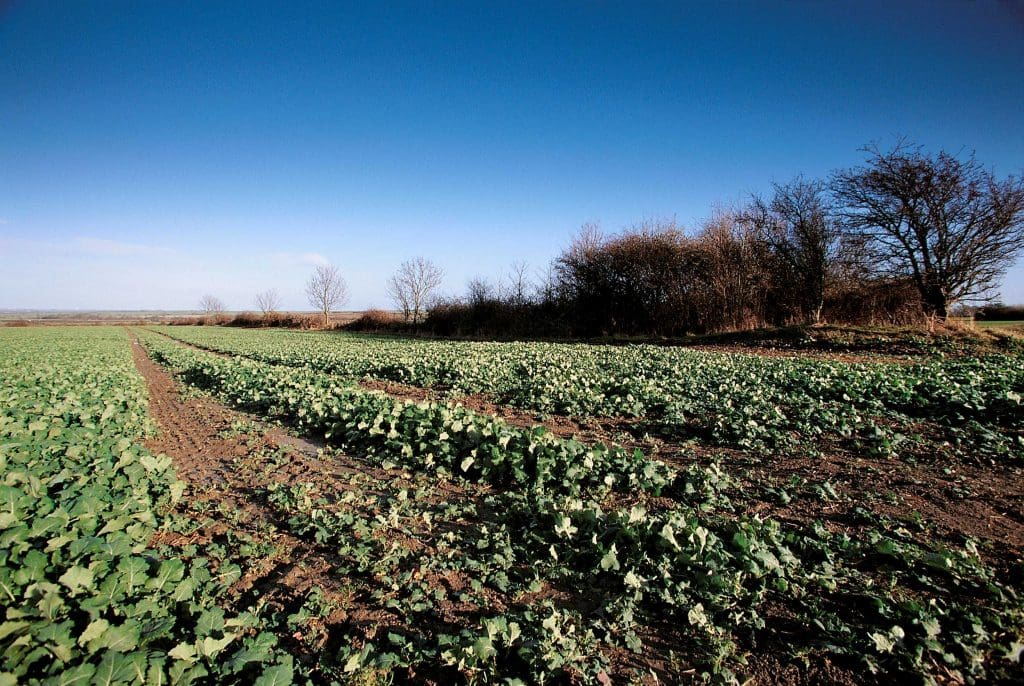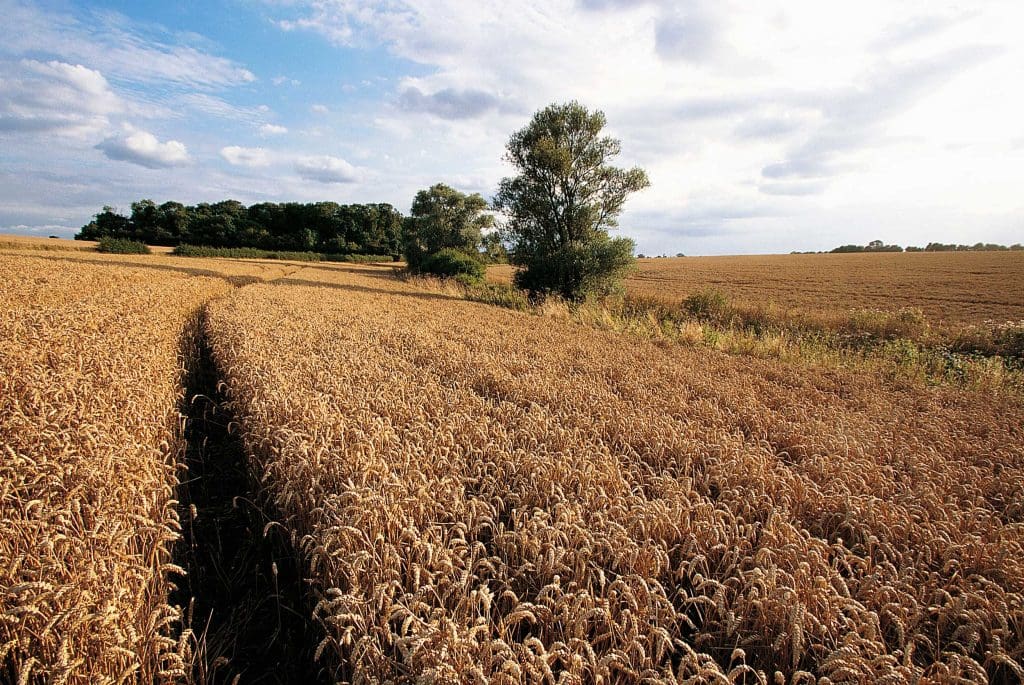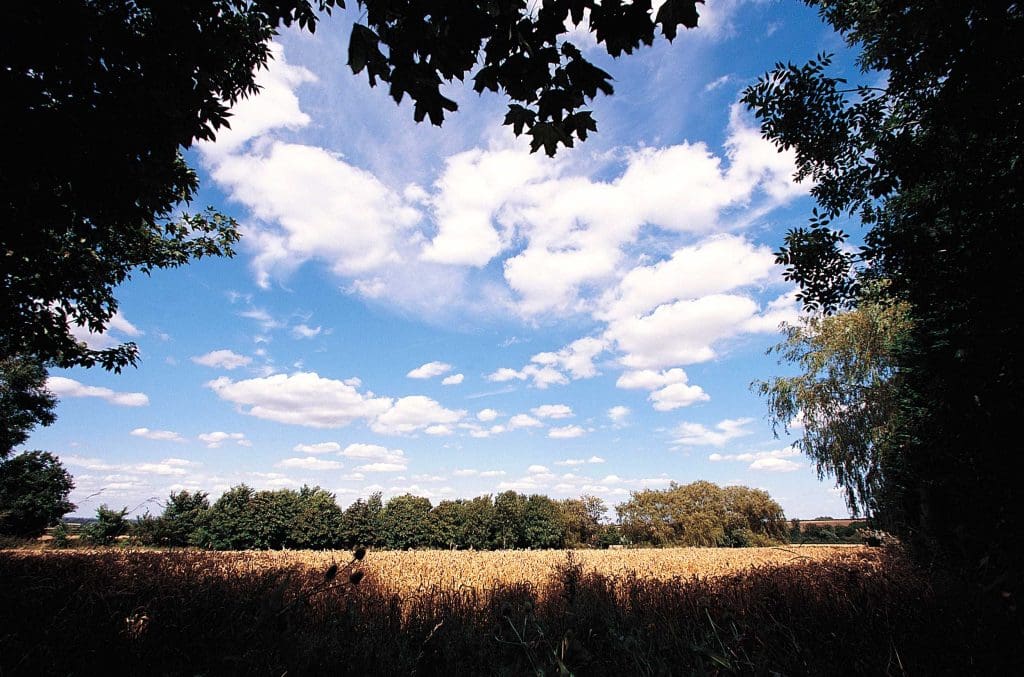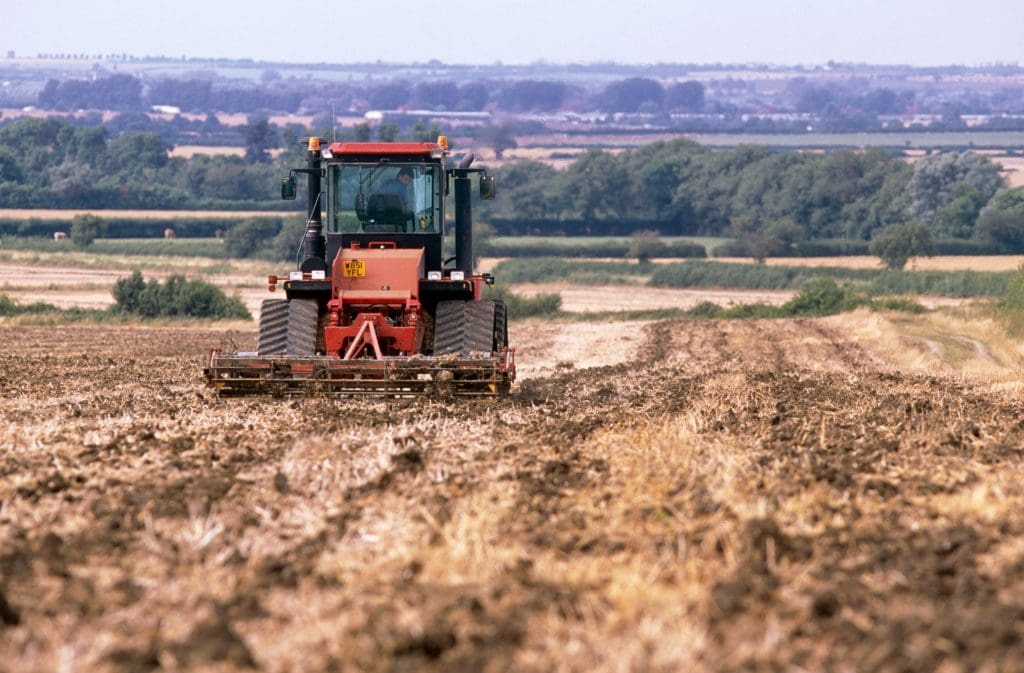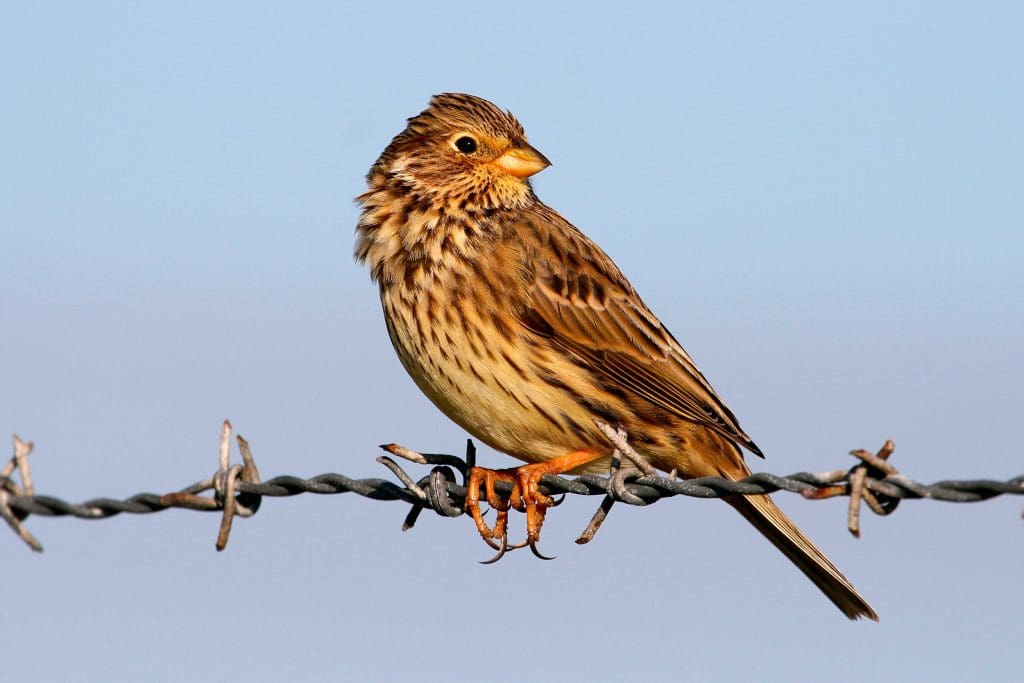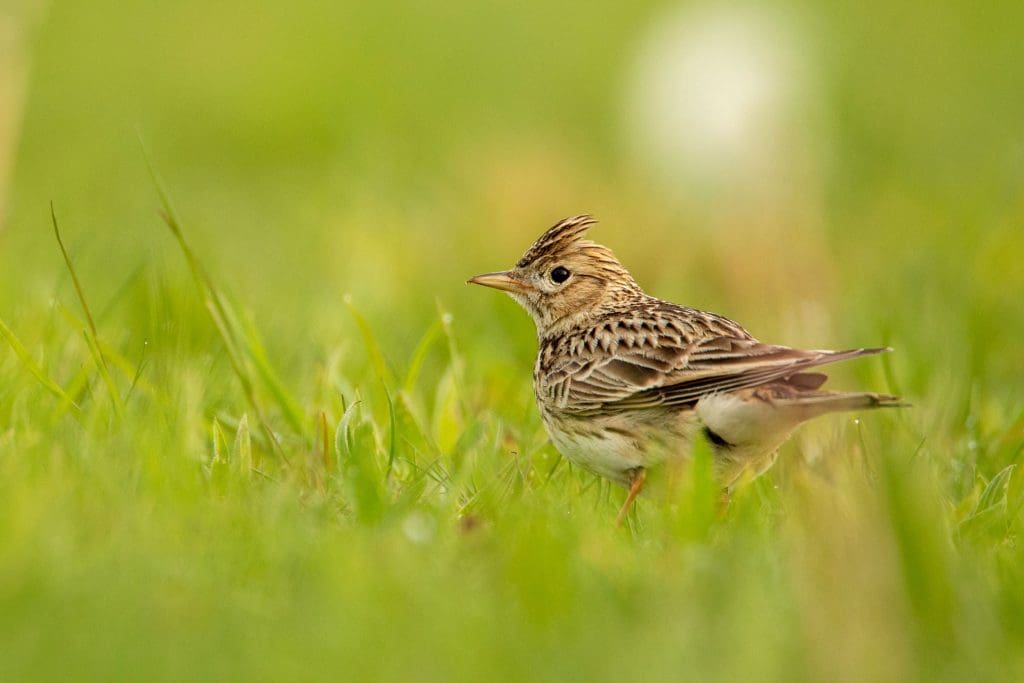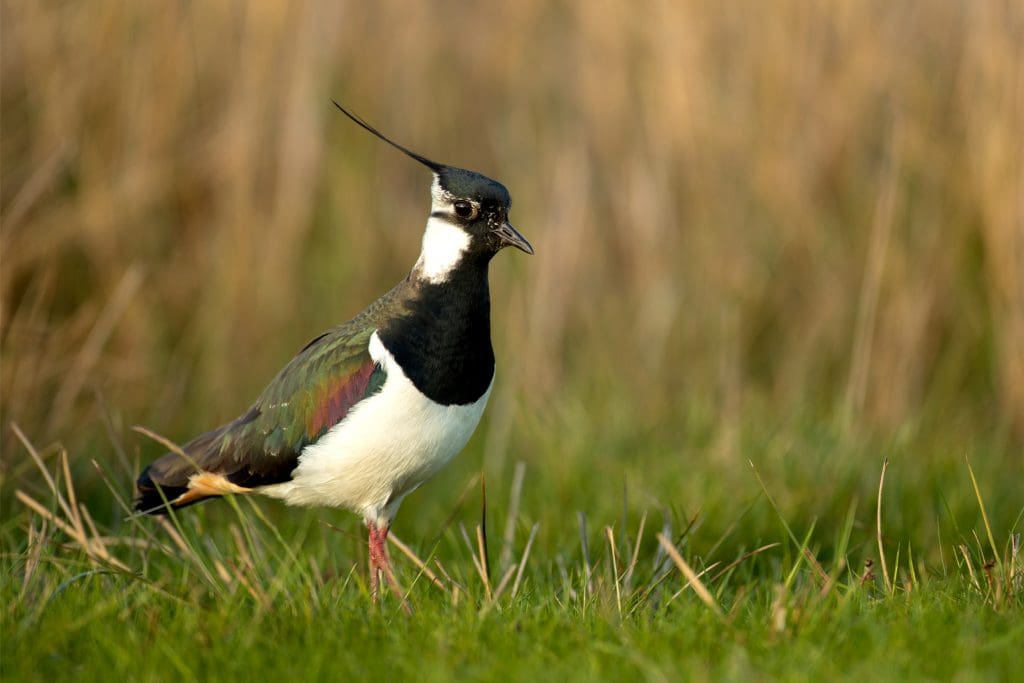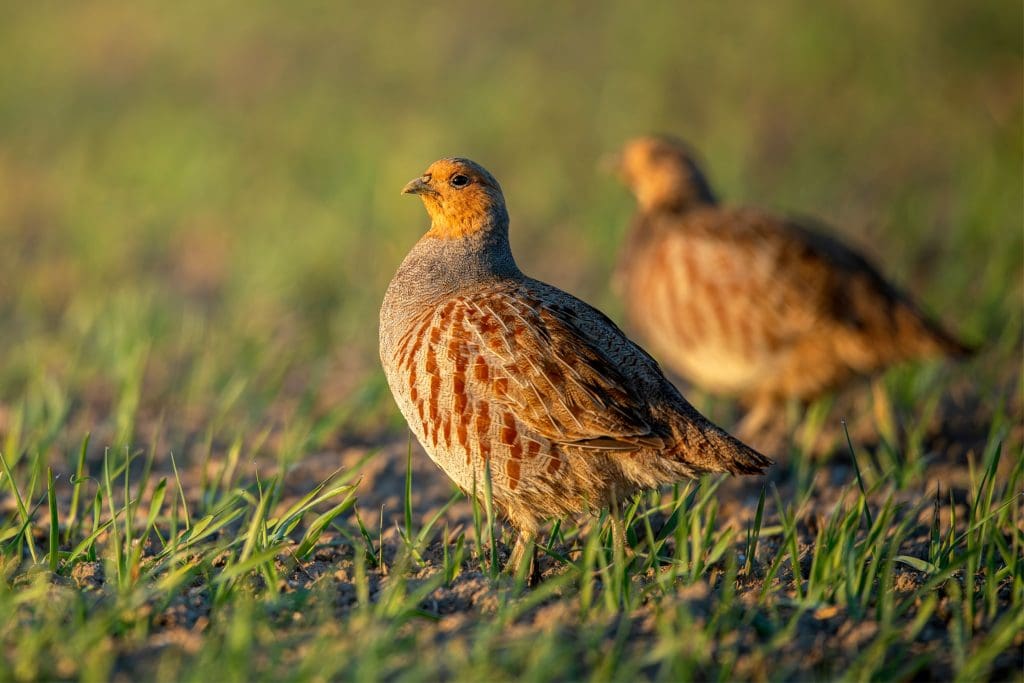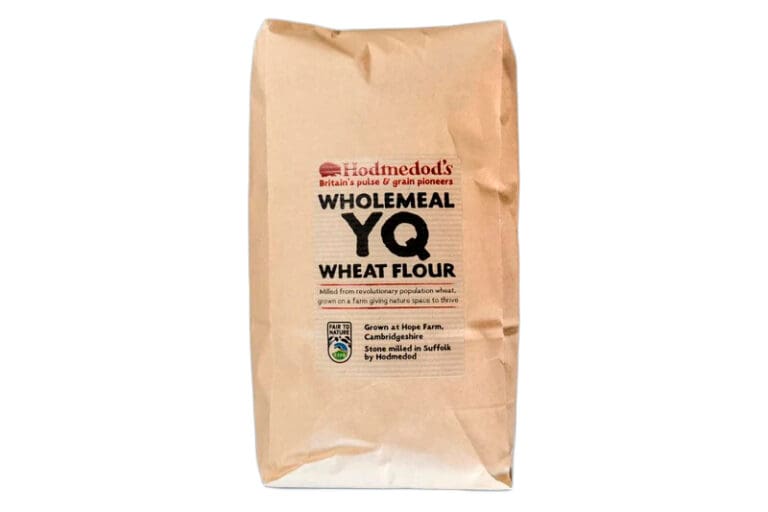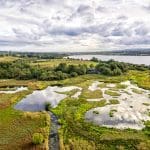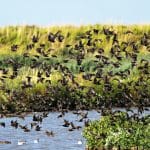It’s been 25 years since we bought this arable farm in Cambridgeshire, during which time species such as Grey Partridge, Lapwing and Corn Bunting have returned to breed, and numbers of nesting Yellowhammers have doubled, nesting Skylarks trebled and nesting Linnets quadrupled. Butterfly numbers have quadrupled, too, and wintering birds have increased; the farm supports more than 200 Yellowhammers and Linnets as well as 100+ Skylarks. This was made possible by managing 10% of the farm as wildlife habitat while also maintaining Hope Farm as a profitable business.
Hope Farm trials and demonstrates nature-friendly farming methods by learning with other farmers and eNGOs as well as collaborating with environmental and agricultural research bodies. Recently, we adjusted crop management, stopped using insecticides, reduced use of pesticides and boosted organic matter in the soil.
Watch the videos below to learn more about work at Hope Farm as well as which species rely on farmland for their survival.
Nature-friendly farming at Hope Farm. Video: The RSPB
Ten birds that need farmland. Video: The RSPB

Bake for nature
Help Corn Buntings by baking with Hope Farm’s YQ wheat flour. Aiding this RSPB Fair to Nature certified farm will directly benefit the ongoing work to provide habitat and food sources for Corn Buntings and many other farmland species.
You might also like
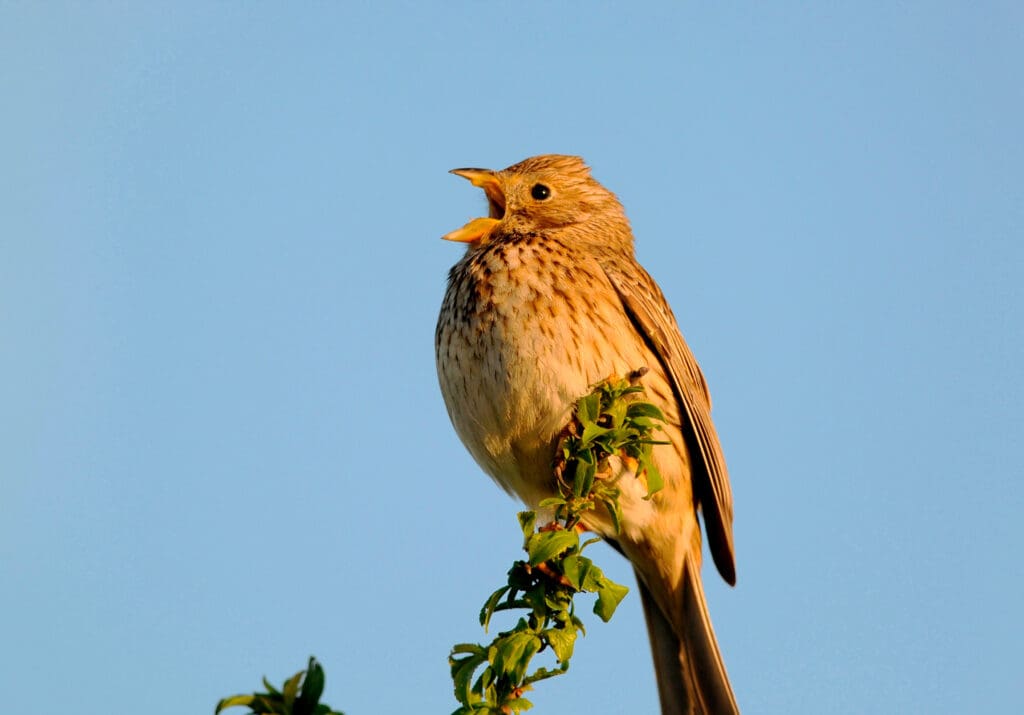
The Fat Bird of the Barley
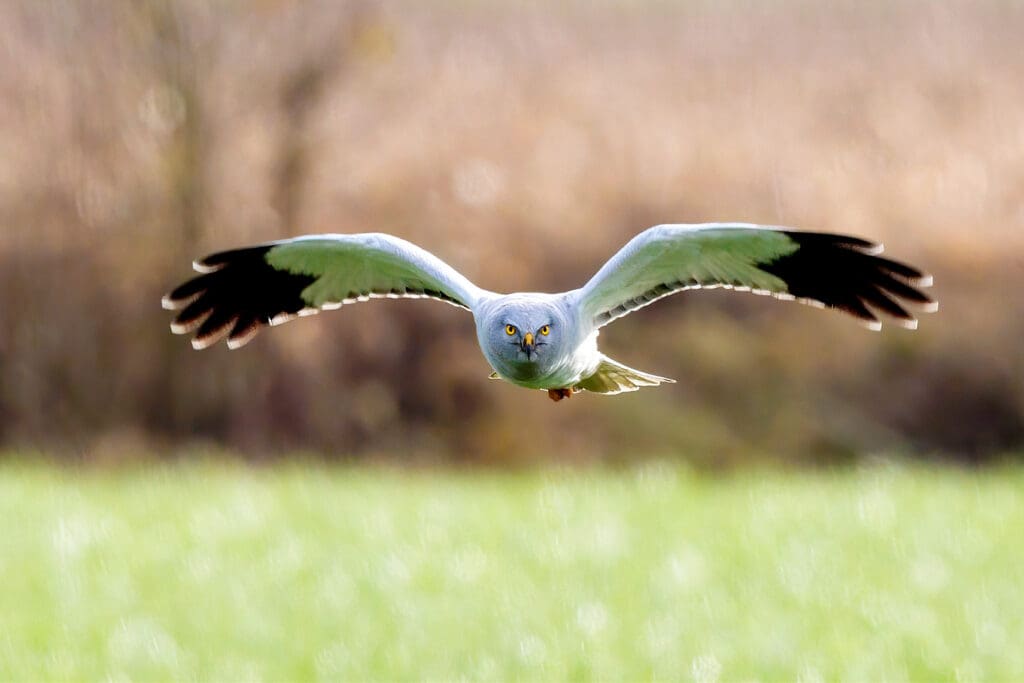
Three RSPB nature reserves to watch
